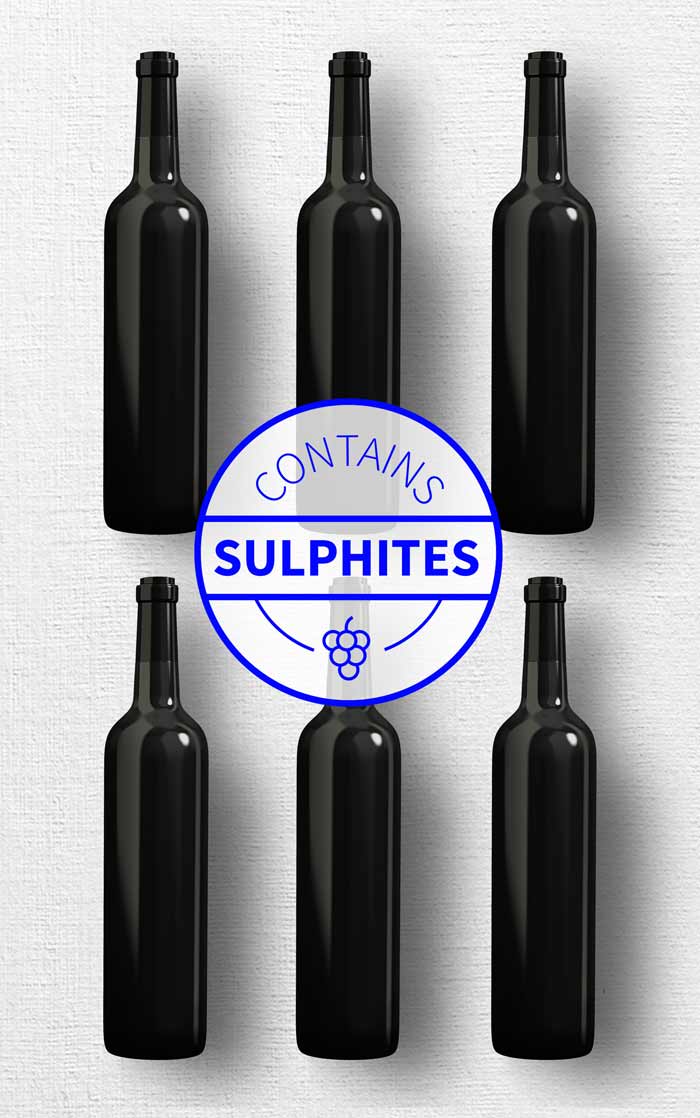
There has been an improvement regarding the information shown to the consumer on the food and beverage’s labels. A lot of this information is required by new laws. Wine is not an exception and is subject to these rules.
Wine contains additives not know by the consumer. By law, only the indication of “contains sulphites” is required to be presented on the label because of its allergenic potential. On the other hand, this law does not force to reveal the presence of other types of components, like sorbic acid for example.
Why to use sulphites?
Used for centuries, sulphur dioxide (SO2), is an anticeptic, antibacterial and antioxidant preservative. Given that, it prevents the development of bacterias and protects wine against oxidation.
Being the most used product on the winery, it helps extracting the wine compounds responsible for the concentration of color and tannins. In other words, it helps the oenologist during the entire vinification process.
It is added during the transport of grapes to the winery and in the juice right after the grapes are crushed in order to help selecting the best yeast and controlling the fermentation process. In this context, having the fermentation stopped can be a “headache” and might put the wine quality in risk.
Is it a problem to drink a wine with sulphites?
No. There are laws regulating its use. To guarantee the wines are safe for health, its addiction is strictly controlled.
Despite what is often said, studies on the effects of wine in a human’s health have proved that sulphites do not cause headache. This effect is actually caused by the tannins.
Cheers!


